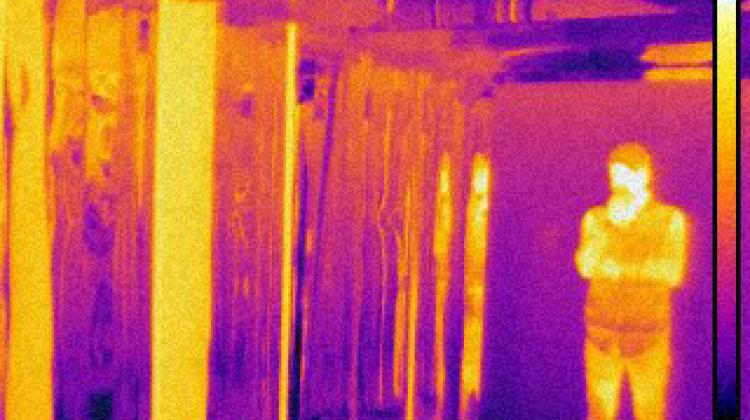Thermal Architecture

In an increasingly warming world, what is the role of architectural design in reducing the massive energy consumption of the building sector and at the same time providing people with healthy living environments? With COVID-19 and extreme heat stress events placing a strong focus on the precarious relationship between indoor spaces and human well-being, we need a new paradigm for environmental control in buildings.
From the perspective of thermodynamics, architecture can be understood as a mediating layer or an active agent in the transfer of heat between the human body and the environment, which extends from the immediate surroundings all the way to the cosmic scale of the sun and the cold outer space. In order to shape air and energy flows via the building’s form and materiality, we first need to reconsider architectural elements in relation to the extent of their thermodynamic influence and cease to describe them as autonomous isolated objects that only speak to themselves. This approach may give us new tools to tackle the most pressing environmental challenges our discipline is facing today. A series of projects will be presented, exploring various methods to provide both ventilation and climatic adaptation to interior spaces through design.
Dorit Aviv
Assistant Professor of Architecture, University of Pennsylvania Weitzman School of Design
Dorit Aviv, PhD, AIA, is Assistant Professor of Architecture at the University of Pennsylvania’s Weitzman School of Design, where she directs the Thermal Architecture Lab, an interdisciplinary laboratory focused on the intersection of thermodynamics, architectural design, and material science. Her work examines how architectural materials and forms can impact airflows, energy interactions, and human health. She is a licensed architect and holds a PhD in architectural technology from Princeton University.
A recipient of a 2020 Holcim Award for Sustainable Design and Construction, Aviv’s current projects include a combined evaporative and radiative cooling prototype for desert climate, development of radiant cooling for hot-humid climates, a distributed environmental sensing network, and indoor environmental quality control and assessment technologies.


